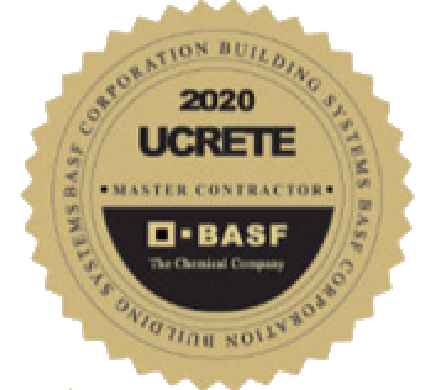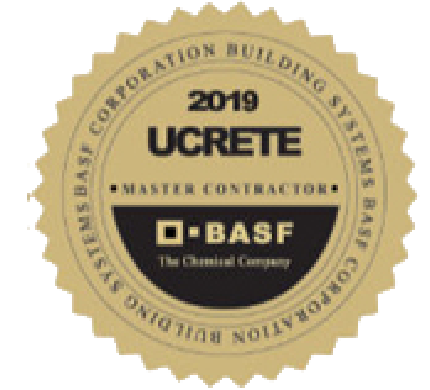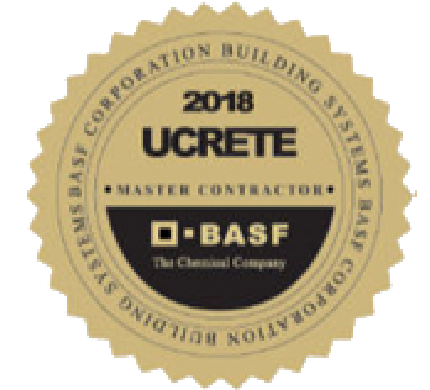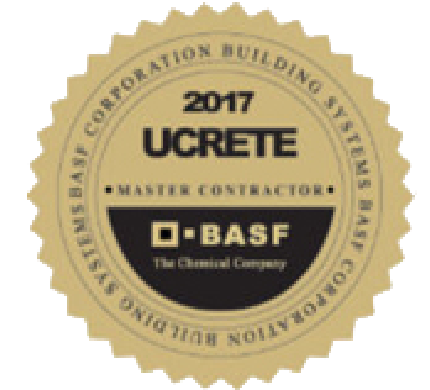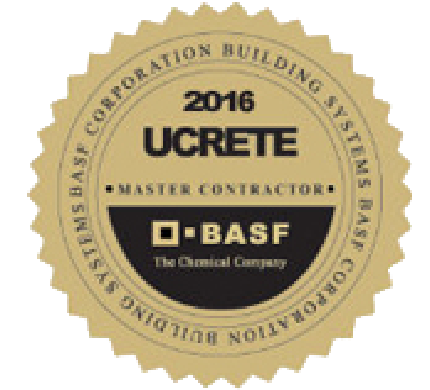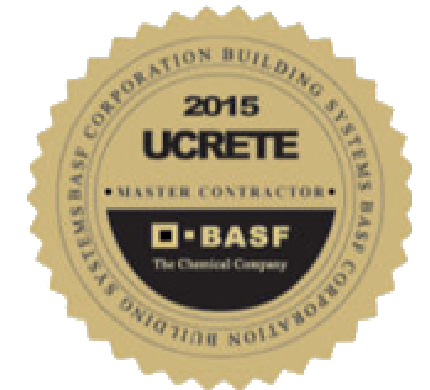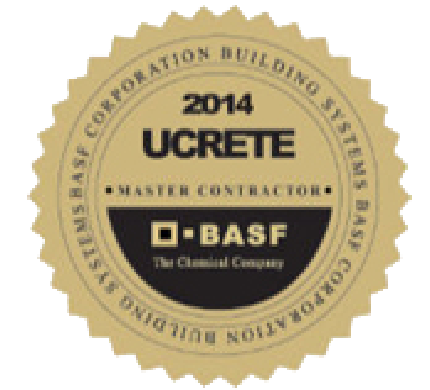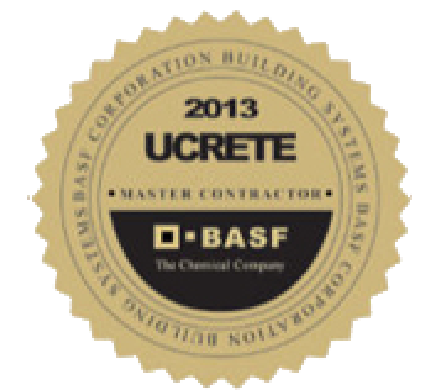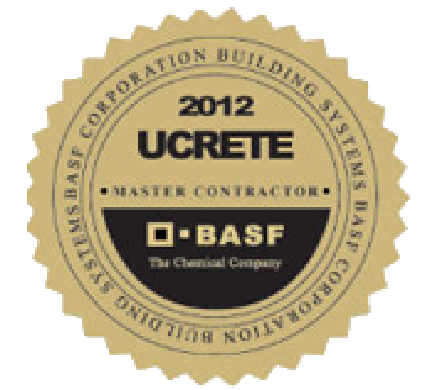6 Ways Floor Coving, Curbs, and Corners Can Make or Break a Facility
In food and beverage, healthcare and pharmaceutical, and other sensitive environments, your floor coving, curbs, and corners are just as important as any other aspect of your operation. The materials used to surface and seal them go a long way toward disinfecting your facility and keeping it free from bacteria, residues, and other debris that can cause contamination. Here are 6 ways flooring coving contributes to a cleaner, safer operating environment.
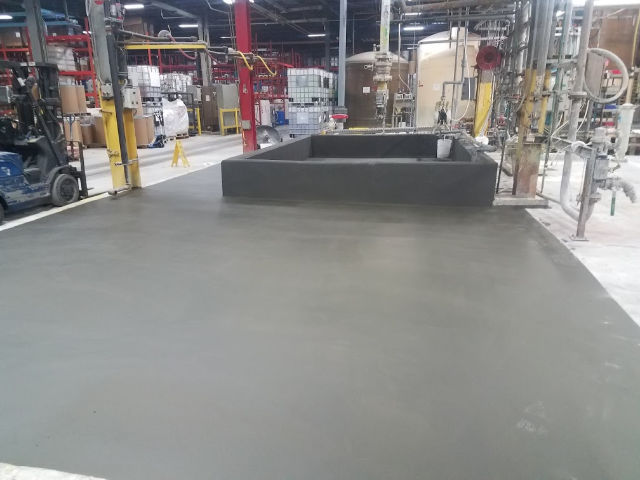
#1 Hygiene and Sanitation
Floor coving is used to eliminate tight corners and gaps where dirt, debris, and bacteria could accumulate. By creating a smooth, seamless surface between the floor and the wall, it becomes easier to clean and maintain a hygienic environment.
#2 Easy Cleaning
With floor coving, there are fewer areas where debris can accumulate, making it simpler to clean and sanitize the entire area. Our clients often tell us how much easier it is to clean residue and debris from their trench drains, curbing, and walls after we’ve installed a urethane concrete coating. This is especially crucial in facilities that must meet rigorous regulatory requirements such as healthcare, pharmaceutical, and food and beverage flooring, which brings us to number 3…
#3 Regulatory Compliance
Many health and safety regulations in food processing facilities require the installation of floor coving because it’s the best defense against corrosive substances like fats, oils, and sugars. This type of floor coving is also required in many healthcare and pharmaceutical environments.
#4 Durable Material
Surface Solutions uses a specialized urethane concrete material designed for vertical surfaces. It can stand up to the same level of powerful cleaning, temperature changes, and exposure to chemicals as our flooring material, and it’s ideal for food and beverage processing and wet environments such as dish rooms, waste disposal areas, wash rooms, and locker rooms.
#5 Seamless Transition
Properly installed floor coving should seamlessly transition from floor to wall, leaving no gaps or cracks that could harbor harmful bacteria or other contaminants. The height and precise type of coving will depend on your facility’s unique requirements and can be added to existing flooring systems, working around columns and other openings for optimal functionality and appearance.
#6 Damage Prevention
In areas with trucks, tractor-trails, and heavy equipment like forklifts and pallet jacks, your floor coving provides additional protection from potential damage caused by collision or abrasion.
Talk to Surface Solutions
Floor coving is used across many industries to create a clean and safe environment and comply with federal regulations. See our case studies in food and beverage, healthcare, and chemical processing facilities and find out how Surface Solutions can install flooring to meet the needs of your operation, too. Contact us using the form below or call us at 317-388-8000.
NEED A FLOORING CONSULTANT?
Call us now at 317-388-8000 or click the button to plan your project today

COMPANY AWARDS
